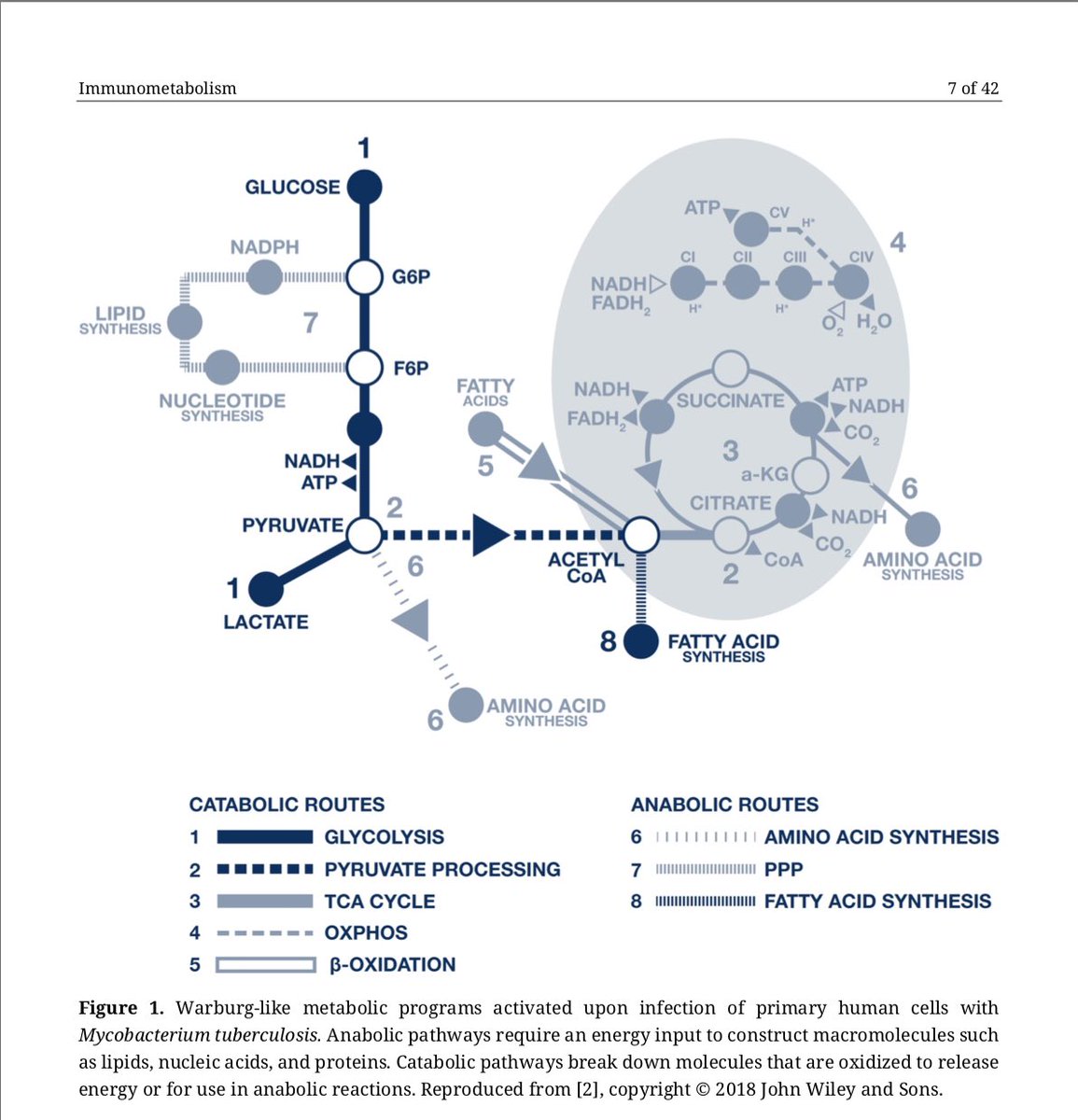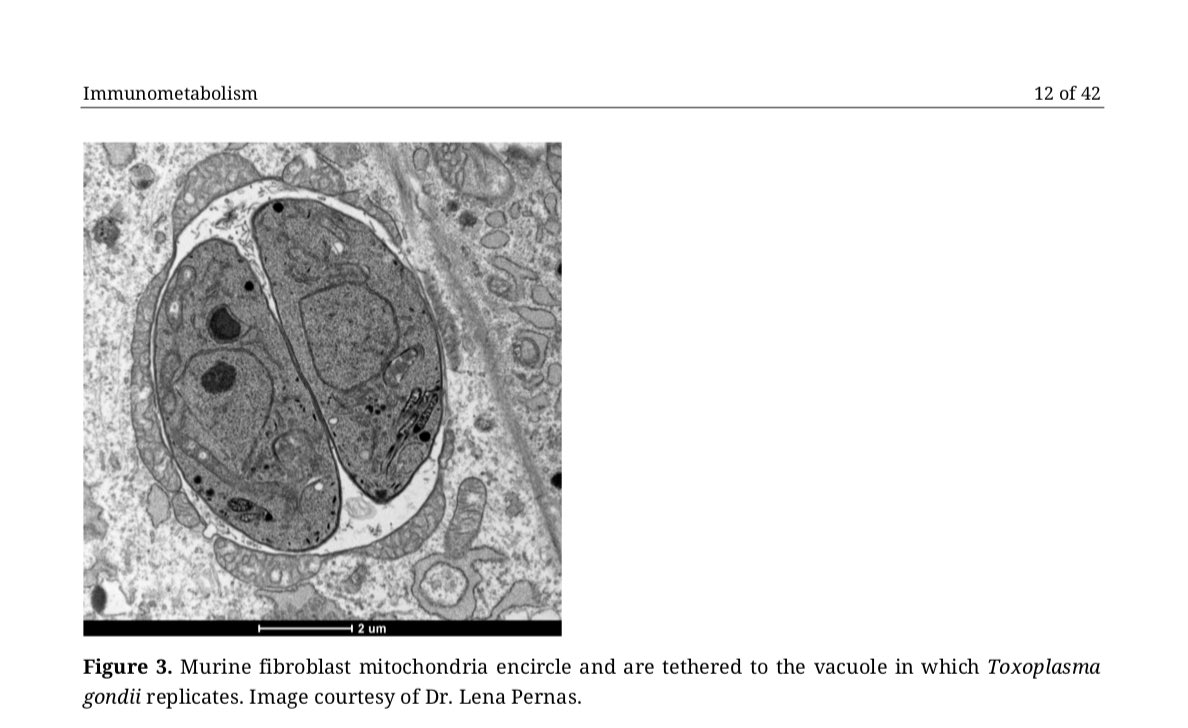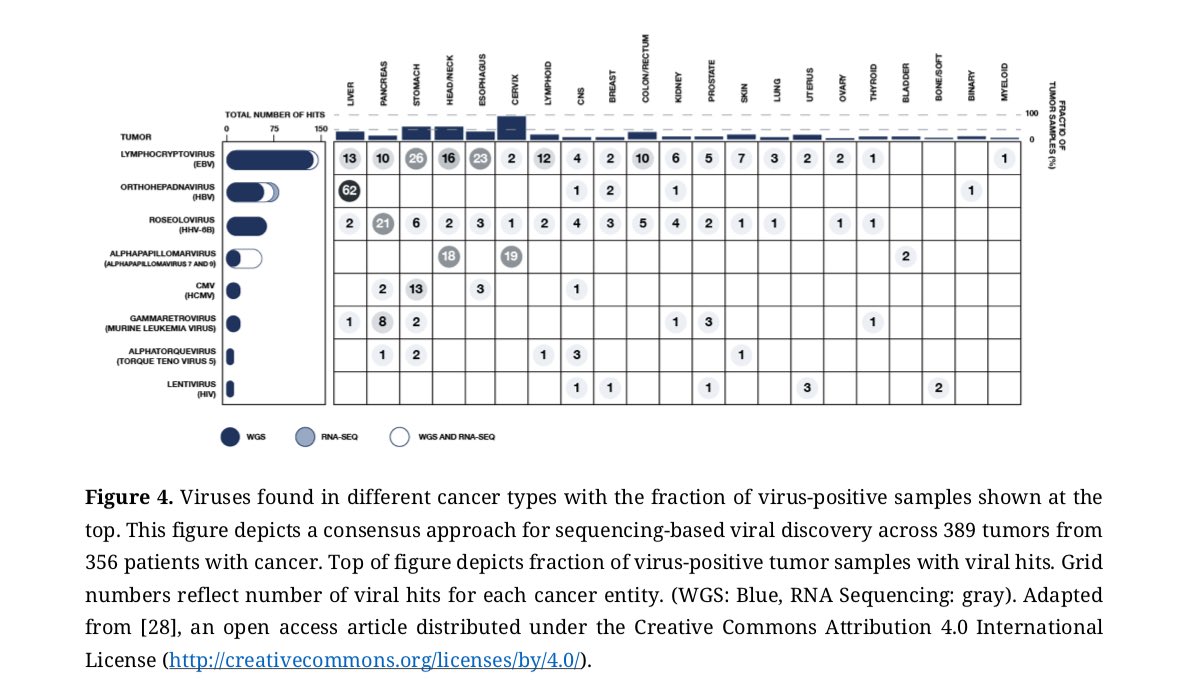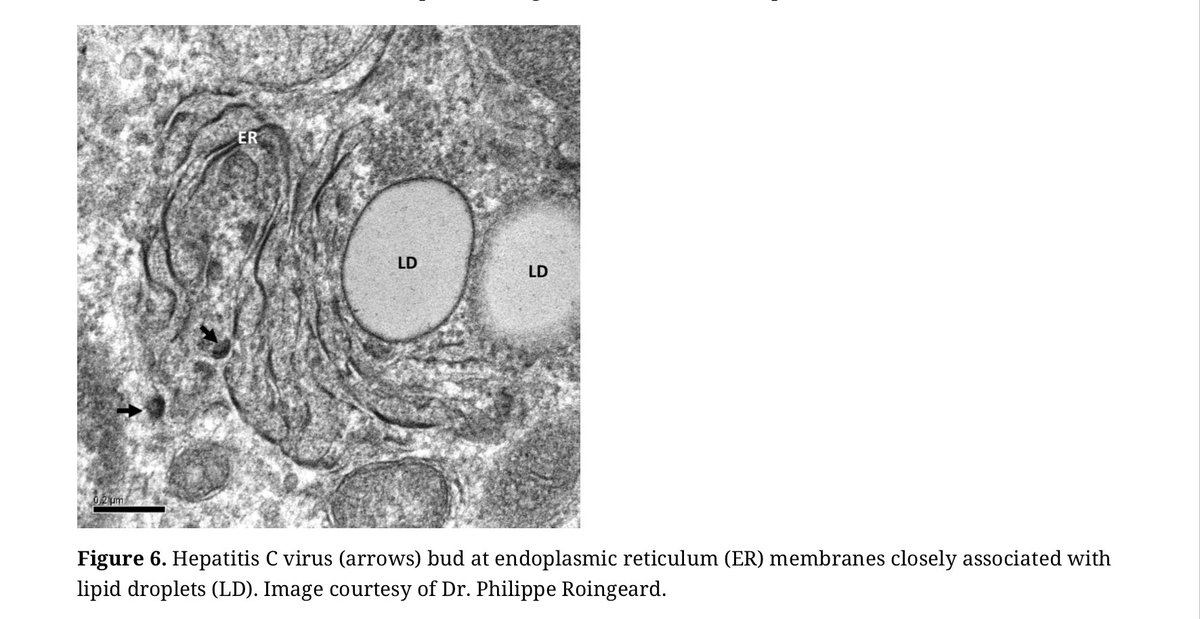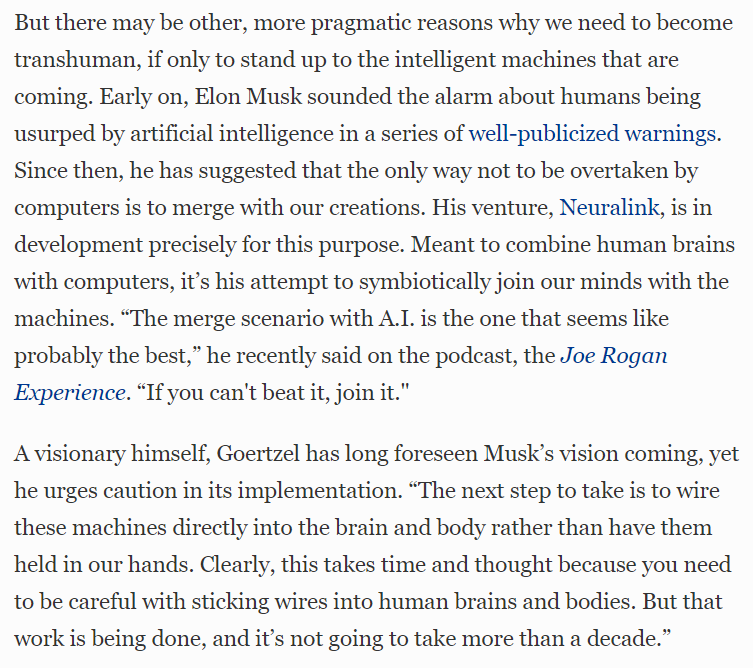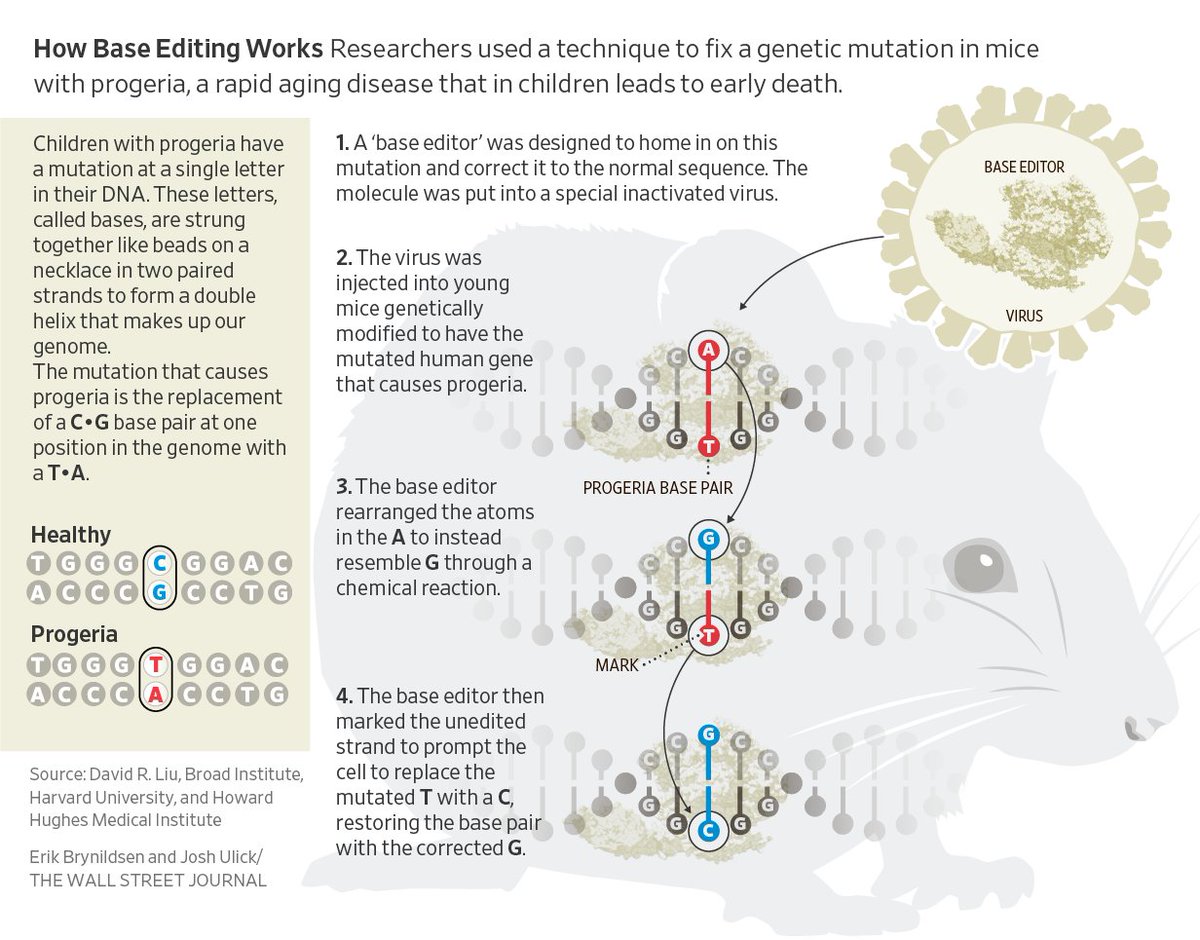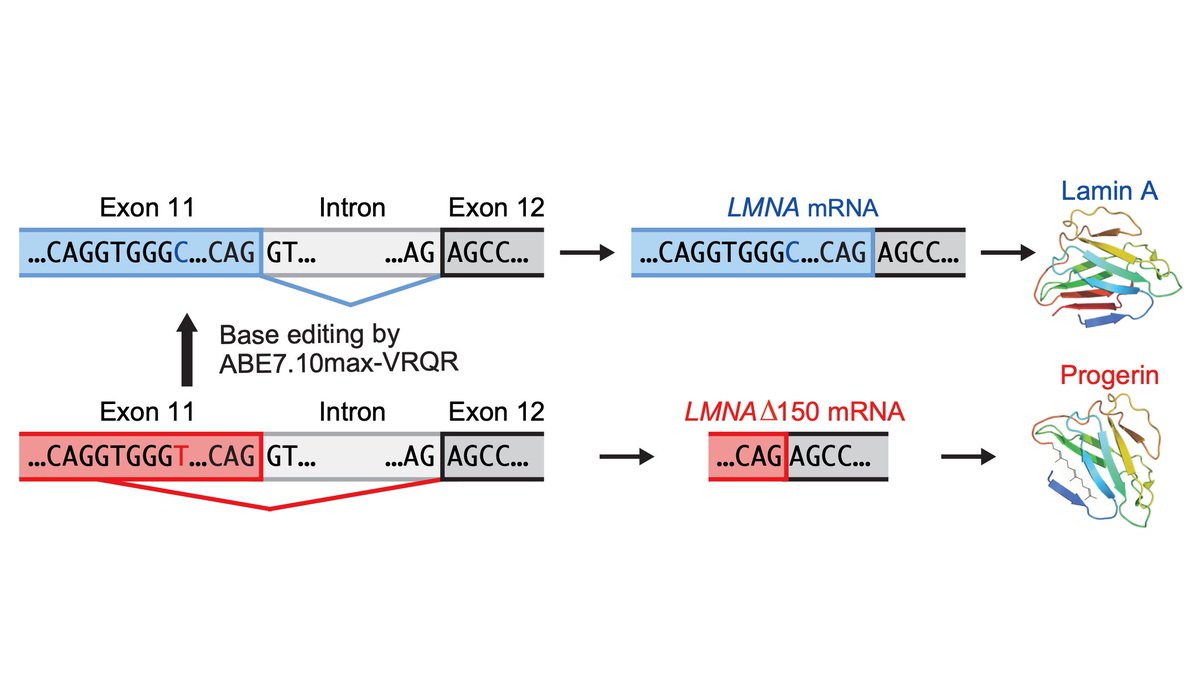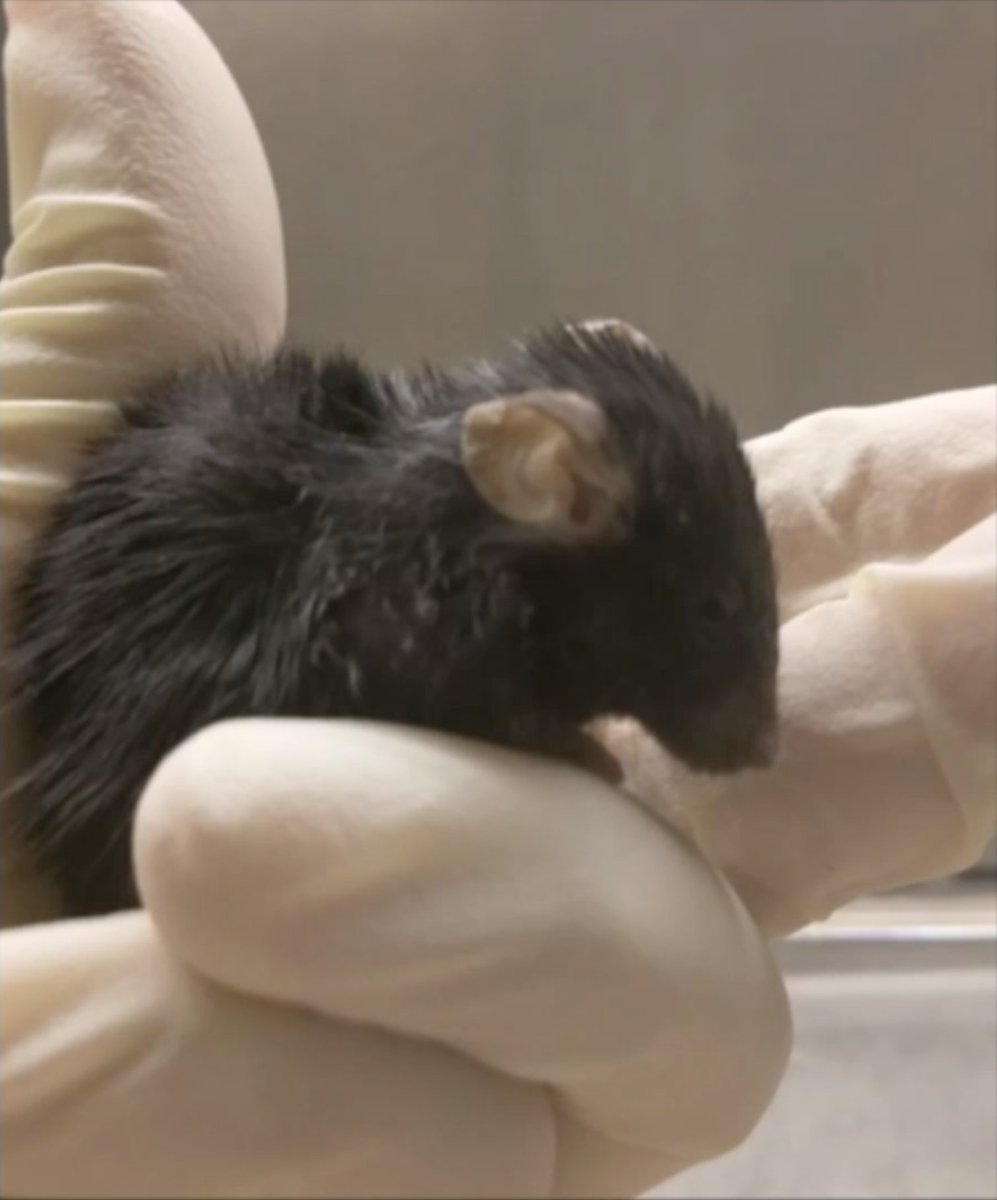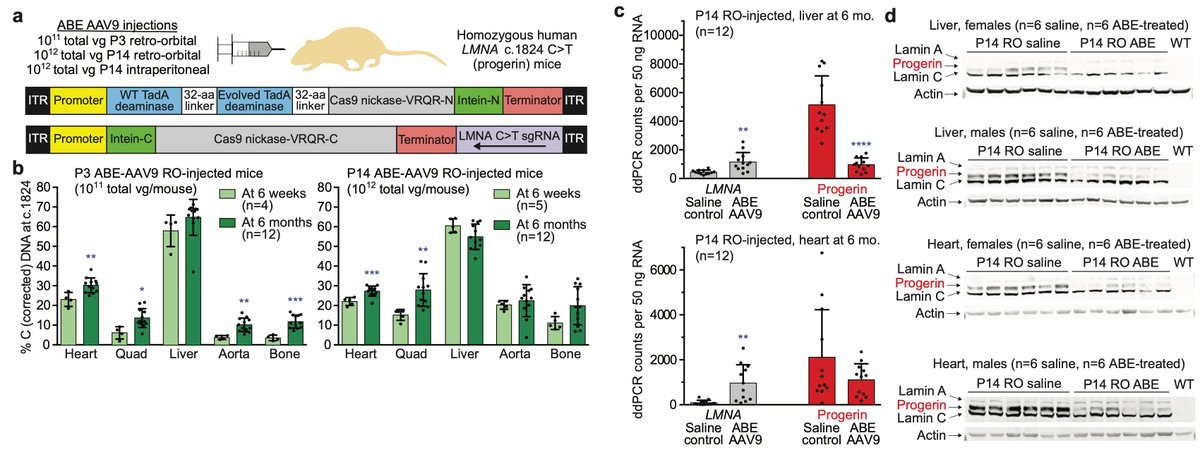CodyyyGardner Categories Science
7 days
30 days
All time
Recent
Popular
2020 is finally at an end, so it looks like it’s time once again to review the year in non-mammalian synapsid research!

You can tell 2020 was the worst because I didn’t describe a single new synapsid species this year. In part, that’s due to spending most of my energy on larger-scale synthetic projects, but I had a few new taxa that were supposed to come out and got delayed by #2020 stuff...
Thankfully my colleagues in the synapsid research community have not been so idle, naming 13 new species this year. The vast majority (9) were cynodonts, there were also 2 pelycosaurs, 1 dicynodont, and 1 therocephalian.
For new pelycosaurs the highlight was definitely the long-awaited description by Berman et al. of Martensius, the Bromacker caseid, a plesiomorphic early member of the group known from beautiful material: https://t.co/GUJRKvtNwc

No new biarmosuchians or dinocephalians (though watch out next year…), but there was one new dicynodont: a basal dicynodontoid, Taoheodon, part of an increasingly diverse upper Permian fauna from China: https://t.co/lpq2ElPADw


You can tell 2020 was the worst because I didn’t describe a single new synapsid species this year. In part, that’s due to spending most of my energy on larger-scale synthetic projects, but I had a few new taxa that were supposed to come out and got delayed by #2020 stuff...
Thankfully my colleagues in the synapsid research community have not been so idle, naming 13 new species this year. The vast majority (9) were cynodonts, there were also 2 pelycosaurs, 1 dicynodont, and 1 therocephalian.
For new pelycosaurs the highlight was definitely the long-awaited description by Berman et al. of Martensius, the Bromacker caseid, a plesiomorphic early member of the group known from beautiful material: https://t.co/GUJRKvtNwc

No new biarmosuchians or dinocephalians (though watch out next year…), but there was one new dicynodont: a basal dicynodontoid, Taoheodon, part of an increasingly diverse upper Permian fauna from China: https://t.co/lpq2ElPADw

The day has come.
Enter a thread on isogenies, random walks and automorphism groups.
🧵👇
(0/n)
I will explain some of the background we used to write these papers with Ben Smith, so I encourage you to go read them. There are some results at the end of the thread
The main objects in isogeny-based cryptography are elliptic curves and isogenies, usually defined over finite fields. And, of course, isogeny graphs.
(2/n)
You might want to read about elliptic curves
First of all, an isogeny is a nonconstant morphism of elliptic curves fixing the point at infinity.
So it is a group morphism, a morphism of algebraic curves, it is surjective, and it has finite kernel.
Enter a thread on isogenies, random walks and automorphism groups.
🧵👇
(0/n)
I will explain some of the background we used to write these papers with Ben Smith, so I encourage you to go read them. There are some results at the end of the thread
My first two papers are out in the arXiv! I'm very thrilled about them \U0001f604 pic.twitter.com/Az9gODokH9
— Enric Florit (@enricflorit) January 5, 2021
The main objects in isogeny-based cryptography are elliptic curves and isogenies, usually defined over finite fields. And, of course, isogeny graphs.
(2/n)
You might want to read about elliptic curves
\U0001f369 elliptic curves thread \U0001f369
— \u2133 \u2606\xb0\u30df (@computer_dream) December 31, 2020
Disclaimer: this thread is not meant to be technical but rather a bunch of facts I find beautiful about elliptic curves. I hope you can find them beautiful as well.
If you want to learn more about this, read Silverman's Arithmetic of Elliptic Curves!
First of all, an isogeny is a nonconstant morphism of elliptic curves fixing the point at infinity.
So it is a group morphism, a morphism of algebraic curves, it is surjective, and it has finite kernel.
One exciting thing from over the holidays is that the Int'l Civil Aviation Organization (@ICAO) and aircraft engine manufacturers for the first time publicly released quantitative emissions indices for particle # and mass emitted per unit fuel burn! 🧵 1/
https://t.co/zXuFN66SWe
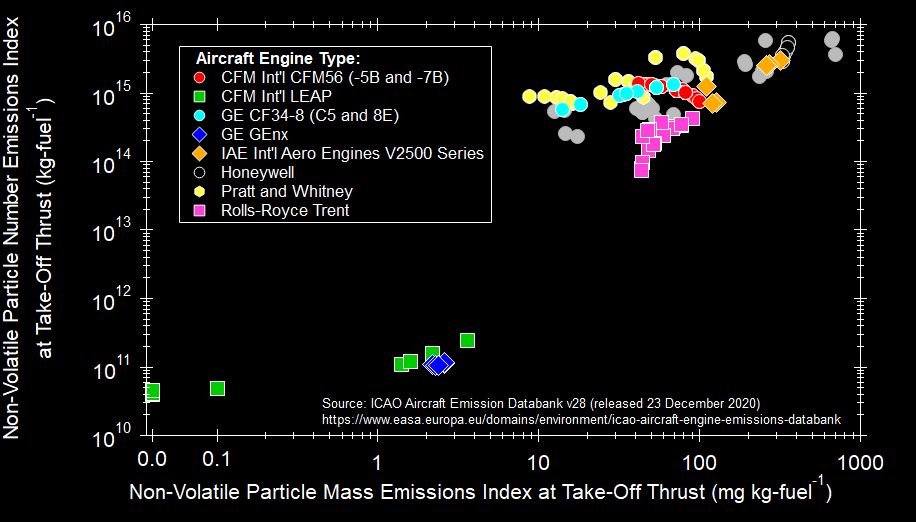
Up until now, certification data for aircraft engine particle emissions have been reported in terms of a "smoke number", which is derived from the change in reflectance of a Whatman 4 filter after collecting 16.2 kg/m² exhaust. 2/
https://t.co/6fa9Kkdupr
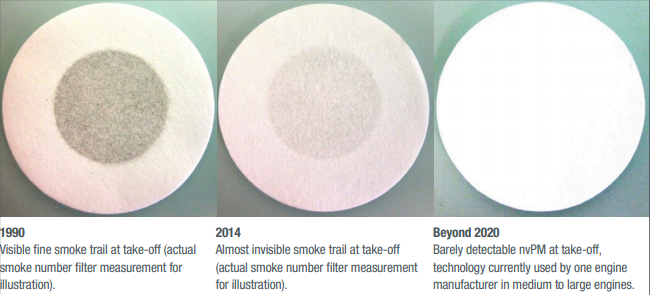
One challenge with the smoke number measurement is that the filter doesn't capture all of the particles -- especially small ones. Is the decrease in smoke number over time because we are trading a few large soot particles for many more smaller soot particles? 3/
While smoke numbers are not particularly helpful for quantitatively assessing particle emissions impacts on air quality & upper tropospheric composition, they have been a huge success in motivating the reduction of unsightly exhaust plumes! 4/
Photo credit: flickr/dsleeter_2000
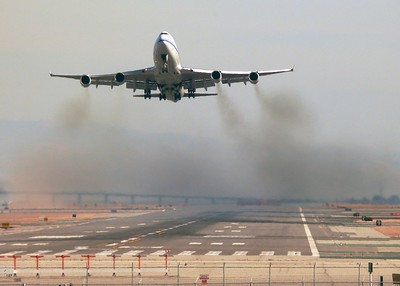
The new EI data are much more useful for #AirQuality and #Climate modeling efforts seeking to understand the environmental impacts of aviation. Since they're collected at ground conditions, the data are most relevant to AQ, but maybe can be extrapolated to cruise conditions? 5/
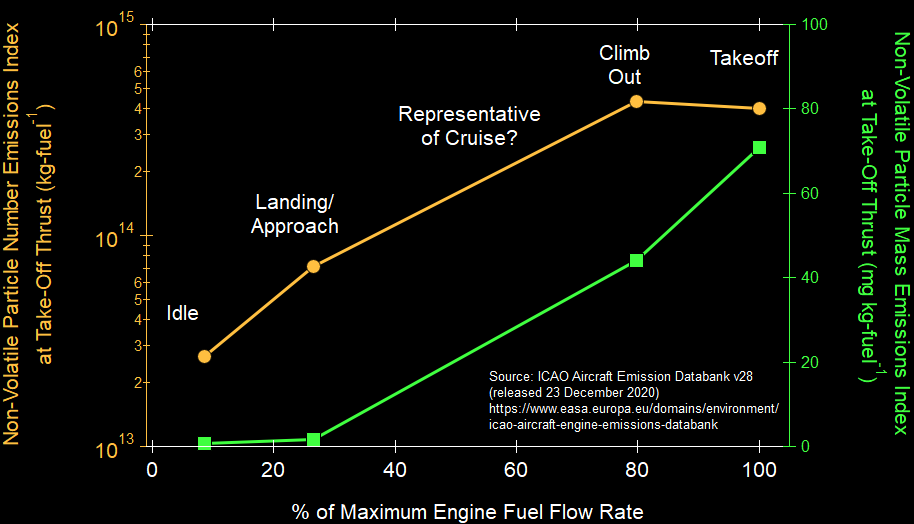
https://t.co/zXuFN66SWe

Up until now, certification data for aircraft engine particle emissions have been reported in terms of a "smoke number", which is derived from the change in reflectance of a Whatman 4 filter after collecting 16.2 kg/m² exhaust. 2/
https://t.co/6fa9Kkdupr

One challenge with the smoke number measurement is that the filter doesn't capture all of the particles -- especially small ones. Is the decrease in smoke number over time because we are trading a few large soot particles for many more smaller soot particles? 3/
While smoke numbers are not particularly helpful for quantitatively assessing particle emissions impacts on air quality & upper tropospheric composition, they have been a huge success in motivating the reduction of unsightly exhaust plumes! 4/
Photo credit: flickr/dsleeter_2000

The new EI data are much more useful for #AirQuality and #Climate modeling efforts seeking to understand the environmental impacts of aviation. Since they're collected at ground conditions, the data are most relevant to AQ, but maybe can be extrapolated to cruise conditions? 5/

Check out this special feature of #ProcB edited by @bkoskella @gut_health and me. Thanks to the authors for their excellent article contributions - and all articles are #freetoread. Hopefully there is something of interest for all #microbiome researchers here @RSocPublishing
Application of ecological and evolutionary theory to microbiome community dynamics across systems | Proceedings of the Royal Society B: Biological Sciences https://t.co/LzzUDDE7Qg @jamesemcdonald
@gut_health
@bkoskella
@RSocPublishing
Transmission efficiency drives host–microbe associations | Proceedings of the Royal Society B: Biological Sciences https://t.co/bBdGS1XdTo
@PhilipLeftwich
Matthew P. Edgington
and Tracey Chapman
Host–microbiota–insect interactions drive emergent virulence in a complex tree disease | Proceedings of the Royal Society B: Biological Sciences https://t.co/RpwpxgHgY4
@clydeandforth1
Martin Broberg
Sandra Denman
@jamesemcdonald
A game theory model for gut bacterial nutrient utilization strategies during human infancy | Proceedings of the Royal Society B: Biological Sciences https://t.co/o3kIzv0ZbR
Inga Leena Angell
Knut Rudi
#ProcB Application of ecological and evolutionary theory to #microbiome community dynamics @jamesemcdonald @bkoskella https://t.co/fqOH0kVkaE. All Special Feature papers Free to Read - https://t.co/S02w5ODyHQ pic.twitter.com/jLk3eai1eO
— Royal Society Publishing (@RSocPublishing) January 1, 2021
Application of ecological and evolutionary theory to microbiome community dynamics across systems | Proceedings of the Royal Society B: Biological Sciences https://t.co/LzzUDDE7Qg @jamesemcdonald
@gut_health
@bkoskella
@RSocPublishing
Transmission efficiency drives host–microbe associations | Proceedings of the Royal Society B: Biological Sciences https://t.co/bBdGS1XdTo
@PhilipLeftwich
Matthew P. Edgington
and Tracey Chapman
Host–microbiota–insect interactions drive emergent virulence in a complex tree disease | Proceedings of the Royal Society B: Biological Sciences https://t.co/RpwpxgHgY4
@clydeandforth1
Martin Broberg
Sandra Denman
@jamesemcdonald
A game theory model for gut bacterial nutrient utilization strategies during human infancy | Proceedings of the Royal Society B: Biological Sciences https://t.co/o3kIzv0ZbR
Inga Leena Angell
Knut Rudi
Yearly cursed/nightmarish science articles thread. Will include articles from past years for completeness since old threads have been lost.
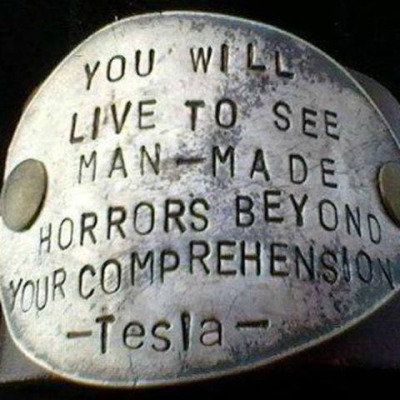
(04/25/2017) An artificial womb successfully grew baby sheep — and humans could be
(05/17/2017) Exposure to BPA potentially induces permanent reprogramming of painted turtles'
(07/23/2017) A Spanish scientist is making robots that he thinks could end sex between
(03/08/2018) It’s Time to Make Human-Chimp Hybrids.
The humanzee is both scientifically possible and morally defensible.
https://t.co/R925n7ieWz
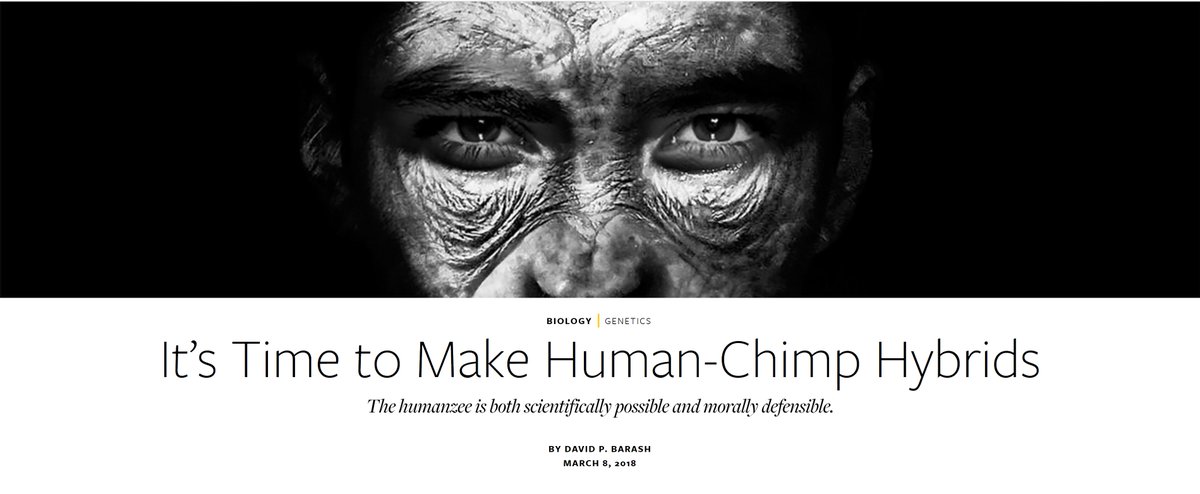

(04/25/2017) An artificial womb successfully grew baby sheep — and humans could be
(05/17/2017) Exposure to BPA potentially induces permanent reprogramming of painted turtles'
(07/23/2017) A Spanish scientist is making robots that he thinks could end sex between
(03/08/2018) It’s Time to Make Human-Chimp Hybrids.
The humanzee is both scientifically possible and morally defensible.
https://t.co/R925n7ieWz









